Niyamgiri is a hill range spread over 250 km2 which falls under the Rayagada and Kalahandi District in south-west Odisha, India. It is an area containing densely forested hills, deep gorges and cascading streams. Its highest point is the mountain known as Niyamgiri or Niyam Dongar, at a height of 1,306m.The Dangaria Kandha people are members of the Kondhs. They are located in the Niyamgiri hills in the state of Odisha (formerly Orissa) in India. They sustain themselves from the resources of the Niyamgiri forests, practicing horticulture and shifting cultivation. They have been at the centre of a dispute over mining rights in the area. The Dongria Kondh community numbers approximately 8,000 people, inhabiting about 100 villages.The social structures among the community is adapted to the surroundings of Niyamgiri forested hill country, where they have lived for many generations
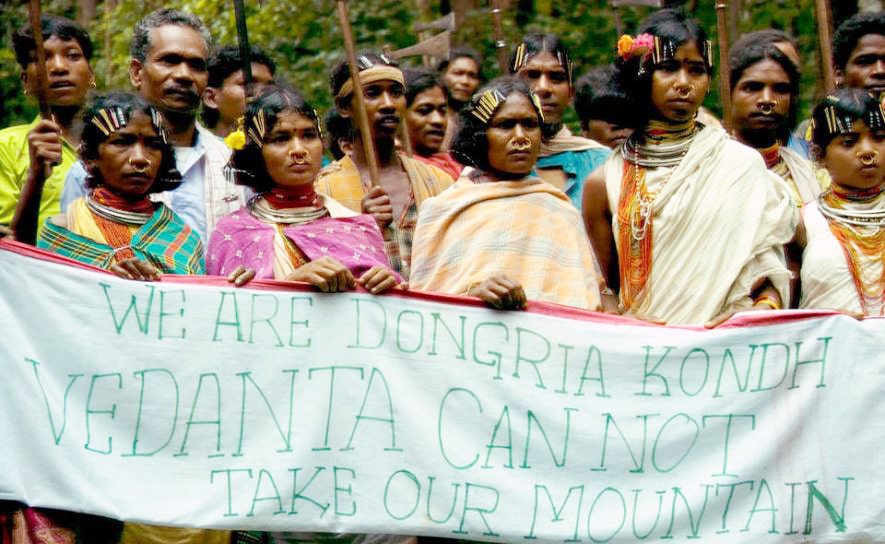
The Niyamgiri is a hill range situated in the districts of Kalahandi and Rayagada in the south-west of Odisha, India. These hills are home to Dongria Kondh indigenous people. The hills have one of India’s most pristine forests in the interior. The hills have one of India’s most pristine forests in the interior. It is bordered by Karlapat Wildlife Sanctuary on the north-west side and Kotgarh Wildlife Sanctuary on the north-east end.
The means of living for Dongaria Kondh and Kutia Kondh tribes, classified as ‘Primitive Tribal Groups’ that are eligible for special protection. The Niyamgiri massif is important for its rich biodiversity. It also plays the critical role of linking a whole series of forests and wildlife sanctuaries. The two Kondh communities regard the Niyamgiri hills as sacred and believe that their survival is dependent on the integrity of its ecosystem. They usually cook food with oil extracted from sal and mahua seeds. They also use medicinal plants. These practices make them mainly dependent on forest resources for survival. The Khonds smoke fish and meat for preservation.
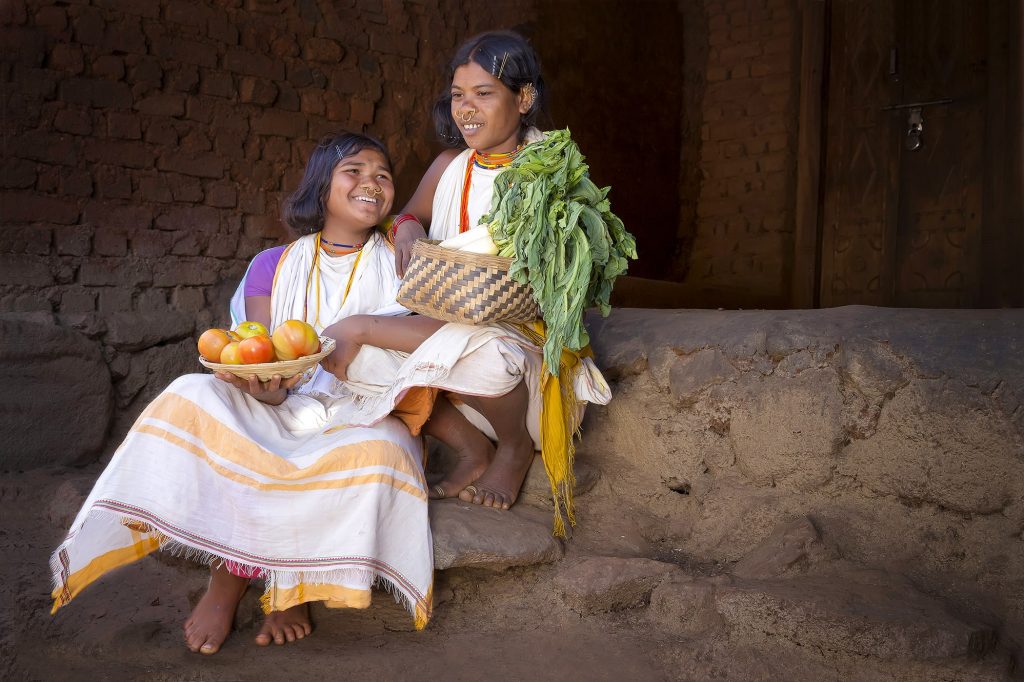
The Niyamgiri Hills, rich in biodiversity, abounding with dense forests and meadows, are home to the Dongria Kondh and Kutia Kondh tribal groups, whose livelihoods and spirituality are inextricably linked with the land. The upper reaches of the hills are home to about 8,000 Dongria Kondh who primarily live off the land. The related Kutia Kondh lives in the foothills. The Dongria Kondh are known for their diverse and intricate agroforestry system that uses mountain slopes and streams to cultivate patches of land cleared from the forests, rotating uses to maintain soil fertility.
In addition to subsistence crops, the fruit they grow on forest plots earns a substantial income throughout the year. The streams they rely on are fed throughout the seasons from water accumulating in the mountain’s porous cap-rock formations rich in the very mineral-bauxite- that Vedanta Resources seeks to mine. They also raise chicken, pigs, goats and buffaloes. The buffalo are specifically raised for sacrifice in religious and wedding rituals.
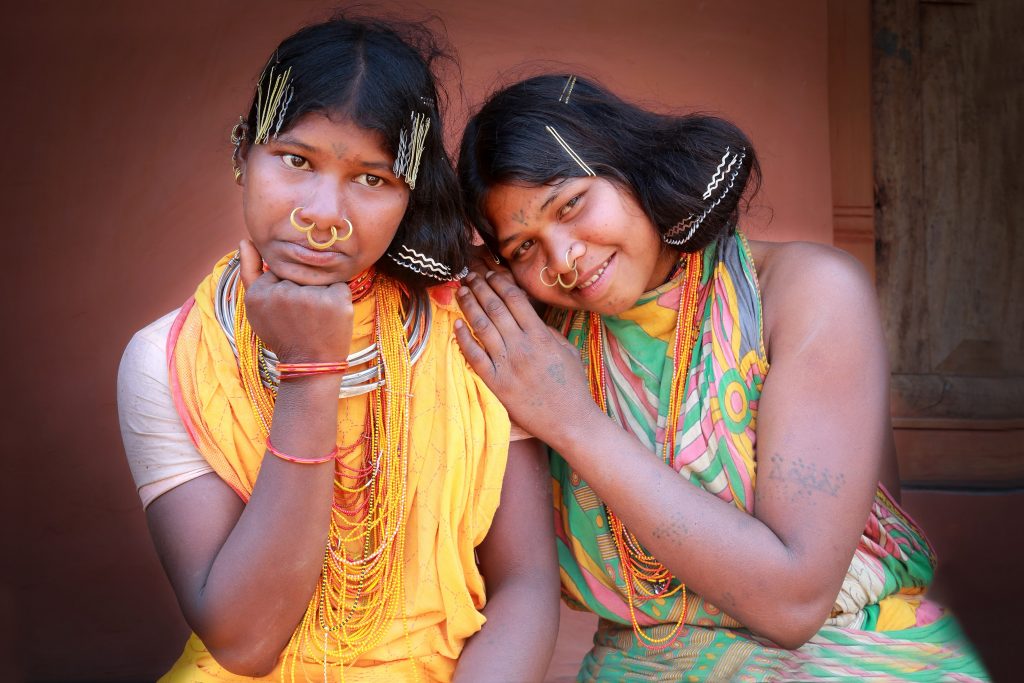
The Dongria Kondh and Kutia Kondh regard the Niyamgiri hills as sacred and believe their survival is dependent on the integrity of the ecosystem. Their most revered god, Niyam Raja, “the giver of law,” lives in the highest peak. They worship the mountains (male) along with the earth (female). Their artwork and colourful clothing depict recurring triangular shapes representing the importance of mountains in their community and culture.
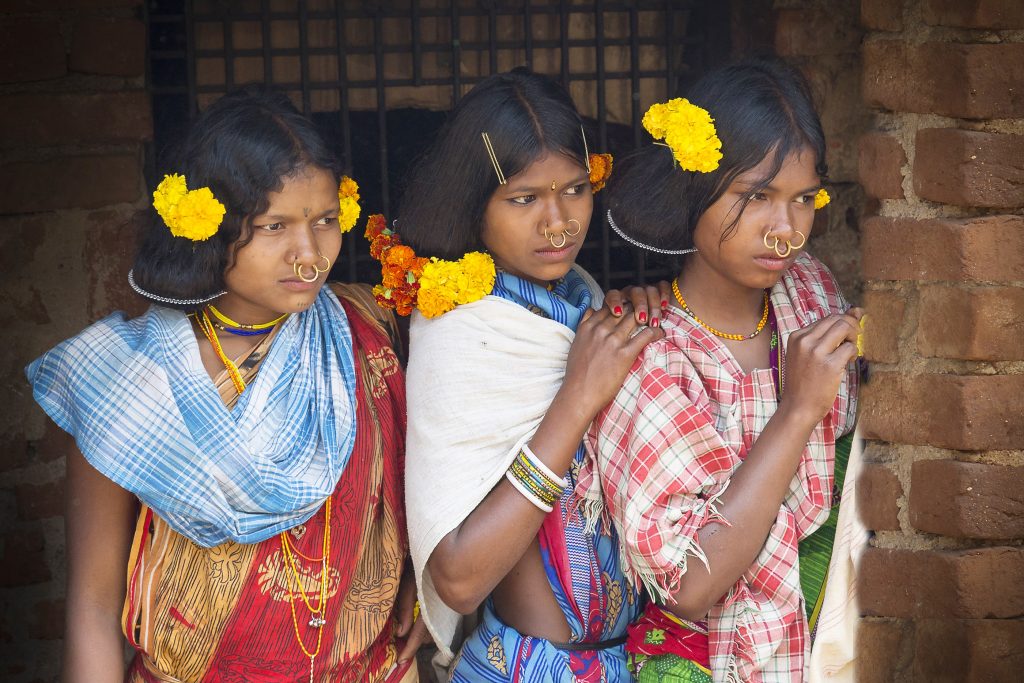
Investigators made note of the Dongria Kondhs’ self-sufficiency in a 2010 Ministry of Environment and Forests report:
Ø The Dongaria Kondh we met were proud of their economic independence and freedom from want. Over and over again, they attributed their well-being and contentment to the Niyamgiri hills and their bounty.
Ø The Dongria Kondh are classified as one of the scheduled tribes identified under India’s Constitution as entitled to protection of their occupancy rights, including reservation status and political representation. With such a small population the Dongria Kondh are also considered an endangered tribe and entitled to further protection.
Ø The Niyamgiri Hills are also an important wildlife habitat and home to the rare lizard, the Golden Gecko. The hills’ location between the Kandhamal district of forests and the forests of Rayagada, Kalahandi and Koraput districts creates an important migration corridor for Asian elephants and tigers, which before Vedanta’s intervention had been selected for designation as an elephant preserve. The area is home to some 20 species of orchids which the Dongria Kondh use for medicinal purposes to treat different ailments such as poisonous bites, stomach disorders, arthritis, tuberculosis, cholera, eczema, wounds and sores, dysentery, asthma, malaria, and many more.
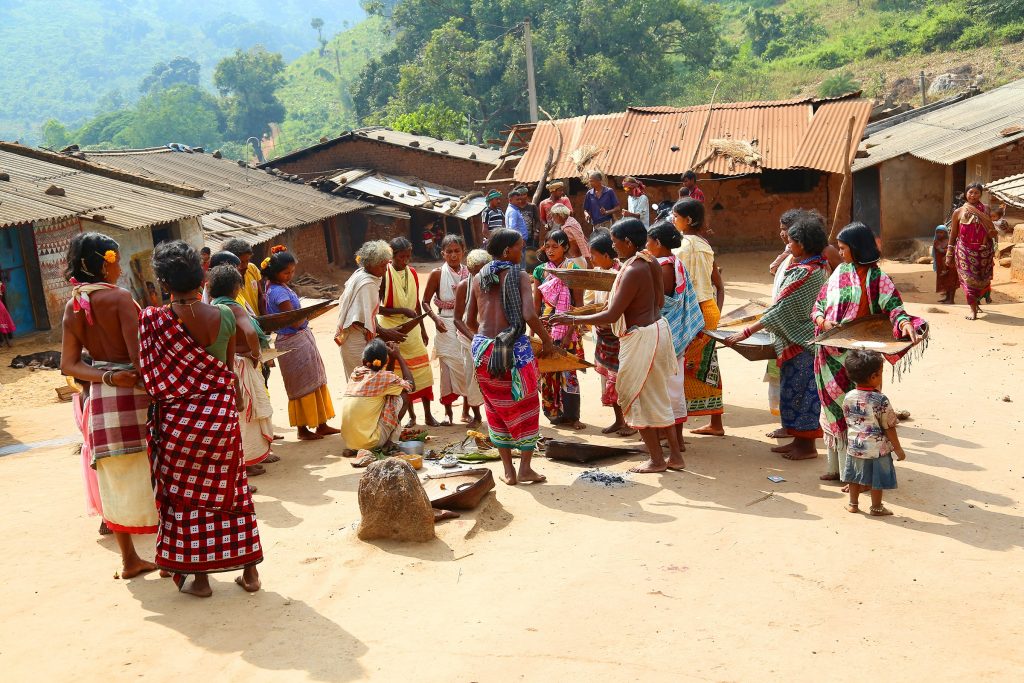
The fact that this ecosystem is mostly prevalent in areas inhabited by the Dongaria Kondh suggests that, besides natural geological and climatic factors, it has also been modified by human actions such as burning for grasses and collection of Minor Forest Produce (MFP) practiced over a long period by the hill tribes. But the Dongria Kondhs’ sacred hills are also home to an estimated 73 million tons of mineable bauxite-used to produce aluminium-which has brought commercial interests to the area.
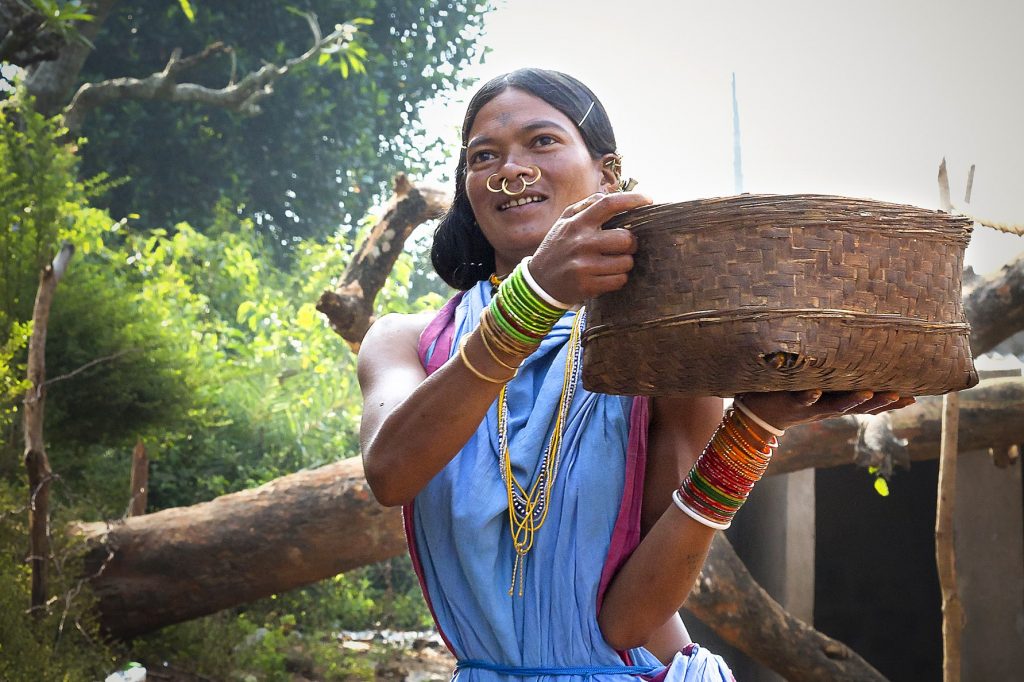
Kalahandi, where the hills are located, is one of the most drought-prone districts in India. Bauxite-bearing soils have a highly porous structure that gives them an increased capacity for water retention. A Wildlife Institute of India report concluded that mining could harm the area’s aquifers and streams which are the key to both the lush ecosystem, and the Kondh’s mountain agriculture.
PICTURES CREDITS: B Nanda





